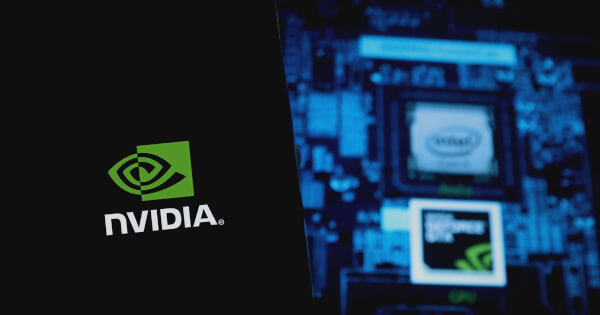Ted Hisokawa
Jan 31, 2025 06:38
NVIDIA’s NCCL 2.23 release introduces a new scaling algorithm, accelerated initialization, and a profiler plugin API, optimizing inter-GPU and multinode communication for AI and HPC applications.
The latest release of the NVIDIA Collective Communications Library (NCCL) 2.23 introduces a suite of enhancements aimed at optimizing inter-GPU and multinode communication, essential for artificial intelligence (AI) and high-performance computing (HPC) applications. According to NVIDIA, these improvements are designed to boost the efficiency and scalability of parallel computing.
Release Highlights and Features
The NCCL 2.23 release is marked by several key innovations:
- Parallel Aggregated Trees (PAT) Algorithm: A new algorithm for ReduceScatter and AllGather operations offering logarithmic scaling, which enhances performance for small to medium message sizes.
- Accelerated Initialization: Improved performance with the ability to use in-band networking for bootstrap communication, facilitated by the new
ncclCommInitRankScalableAPI. - Intranode User Buffer Registration: Offers performance gains by reducing memory subsystem pressure and improving communication overlap.
- New Profiler Plugin API: Provides API hooks to measure fine-grain NCCL performance and enhance diagnostic capabilities.
PAT Algorithm and Initialization Enhancements
The PAT algorithm, inspired by the Bruck algorithm, enables efficient communication across various network sizes by minimizing buffering needs. This enhancement is particularly beneficial for large language model training, where pipeline and tensor parallelism are critical.
The ncclCommInitRankScalable API facilitates scalable initialization by allowing multiple unique IDs, thus mitigating the bottleneck associated with all-to-one communication patterns in large-scale operations.
Intranode User Buffer Registration
NCCL 2.23 supports intranode user buffer registration, optimizing data transfer over NvLink and PCIe. This feature reduces overhead and enhances performance by leveraging registered user buffers, which are automatically registered during CUDA Graph capture.
Profiler Plugin API
The new profiler plugin API addresses the growing need for domain-specific monitoring tools in expansive GPU clusters. By enabling the profiling of NCCL events, this API aids in detecting performance anomalies and optimizing resource allocation.
Conclusion
With the introduction of these advanced features, NVIDIA’s NCCL 2.23 promises to significantly enhance the performance and scalability of GPU communications, reinforcing its utility in AI and HPC domains. For a deeper understanding of these updates, visit the official NVIDIA blog.
Image source: Shutterstock














